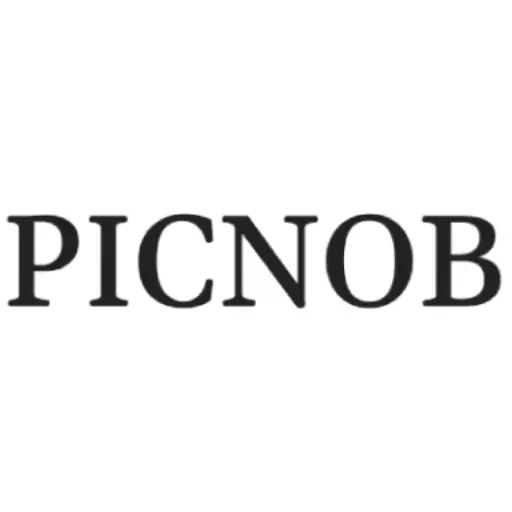
Implementing Electronic Signature: BestPractices for Secure Adoption
Digital inclusion has changed how firms enter into contracts, but some organizations are still apprehensive about integrating electronic signature software solutions. The abandonment of cards and documents for ink and biometric authentication is hardly a mere technological shift. This constitutes reinventing the foundation of not only transactions, but also trust, efficiency, and safety in commerce.
Table Of Content
Understanding the Foundation of Digital Trust
In this context, it is of great importance that organizations are also aware of how electronic signature technology is able to provide blanket security in a lawful context before they move to implementing strategies into action. Electronic signature platforms that are designed today do employ a high level of encryption algorithms along with state-of-the-art authentication protocols that rival those of the standard form of a wet signature. This set of controls also ensures that an accurate proof of who, when, and or where a certain document, which is most times impossible to achieve with the use of paper signatures, is kept intact.
Creating a Robust Implementation Framework
Planning is indeed the key to success. Enterprises are advised to first take a look at their existing workflows, in particular their signature workflows, and then identify which of those could do with electronic transformation. When you have to sign many agreements, enter into a contract quickly, or collaborate with international teams, an electronic signature would be the right thing to start with.
Integration factor should be an important aspect of the consideration. The selected system should dovetail with other systems in place, from customer relationship management systems to document management systems. This synthesis incorporates signing as a component part of the organizational business work streams rather than as a single act that is unique to itself. When deciding which version of applications to use, compare various complex electronic signature guides that always talk about the need to choose the applications that will grow with the company.
Ensuring Compliance and Security Excellence
Regulatory compliance forms the backbone of any secure electronic signature implementation. Different industries face varying requirements, from HIPAA in healthcare to eIDAS in European markets. The selected platform must not only meet current compliance standards but also demonstrate the flexibility to adapt as regulations evolve.
Security extends beyond mere compliance. Best practices include implementing multi-factor authentication, establishing clear user access controls, and maintaining comprehensive audit logs. These measures protect against unauthorized access while preserving the legal validity of signed documents. Regular security audits and employee training programs further strengthen the organization’s digital signature infrastructure.
Driving User Adoption Through Strategic Change Management
Technology alone doesn’t guarantee success. Human factors often determine whether an electronic signature initiative thrives or languishes. Start with pilot programs in departments already comfortable with digital tools. Their enthusiasm can spark organization-wide adoption.
Communication plays a pivotal role. Rather than focusing on what’s changing, emphasize what’s improving: faster turnaround times, reduced errors, enhanced security, and the convenience of signing from anywhere. Provide clear training resources and celebrate early wins to build momentum. Remember, resistance often stems from unfamiliarity rather than genuine opposition to the technology itself.
Conclusion
Opening up to paperless transactions or business processes is more than just an opportunity to optimize the work of the company. It is an additional tool to invest in operational efficiency and competitive supremacy. Hence, organizations that are able to embrace the adoption securely, compromise the user experience and security aspects to some degree, worry about compliance efficiency balance, and utilize some forward-thinking strategies.




